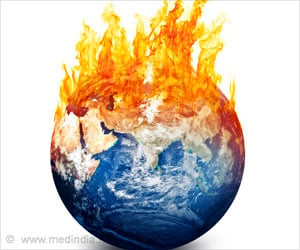Impacts of climate change such as flooding, debilitating heat waves, rising rates of diseases caused by ticks, fleas will affect cities across the country.

‘The biggest obstacle to assessing vulnerability to climate change on the local level was the lack of acknowledgement by some institutions that climate change is a serious issue.’





In their evaluations to-date, they see infrastructure and risks to specific human populations as the primary areas of concern. Despite these concerns, expert assessments of urban climate vulnerability often do not address the real risks that local planners face. Sabrina McCormick, PhD, an Associate Professor of Environmental and Occupational Health at Milken Institute School of Public Health at the George Washington University, says her research suggests that national experts must make changes in their approach to ensure that their assessments are useful to urban planners and other city managers responsible for safeguarding their populations' health and safety and access to energy and natural resources like drinking water.
McCormick conducted 65 interviews with people working in six cities located across the United States and found a wide range of preparedness for climate change. The local experts she interviewed in Boston, Los Angeles, Portland, Raleigh, Tampa and Tucson tended to focus their thinking on climate vulnerabilities in terms of infrastructure, human populations, and other local concerns. These categories do not always mesh well with the frameworks used by national experts, McCormick says. To help local decision makers better prepare for extreme weather, national experts should focus less on biophysical risk predictions and more on the human health impacts -- including suggestions on how the health, energy or urban planning sectors can put in place strategies to protect the public, she says.
McCormick's interviews also brought to light that the biggest obstacle to assessing vulnerability to climate change on the local level was the lack of acknowledgement by some institutions that climate change is a serious issue.
This study found that in order for expert assessments to be useful on-the-ground they must be geared toward addressing outcomes for which specific sectors in cities are responsible. For example, experts could identify a specific health risk to older populations and identify urban planning strategies to prevent adverse outcomes. Or, risks to infrastructure could be assessed specifically in order to shape future developments.
Advertisement
Source-Eurekalert








